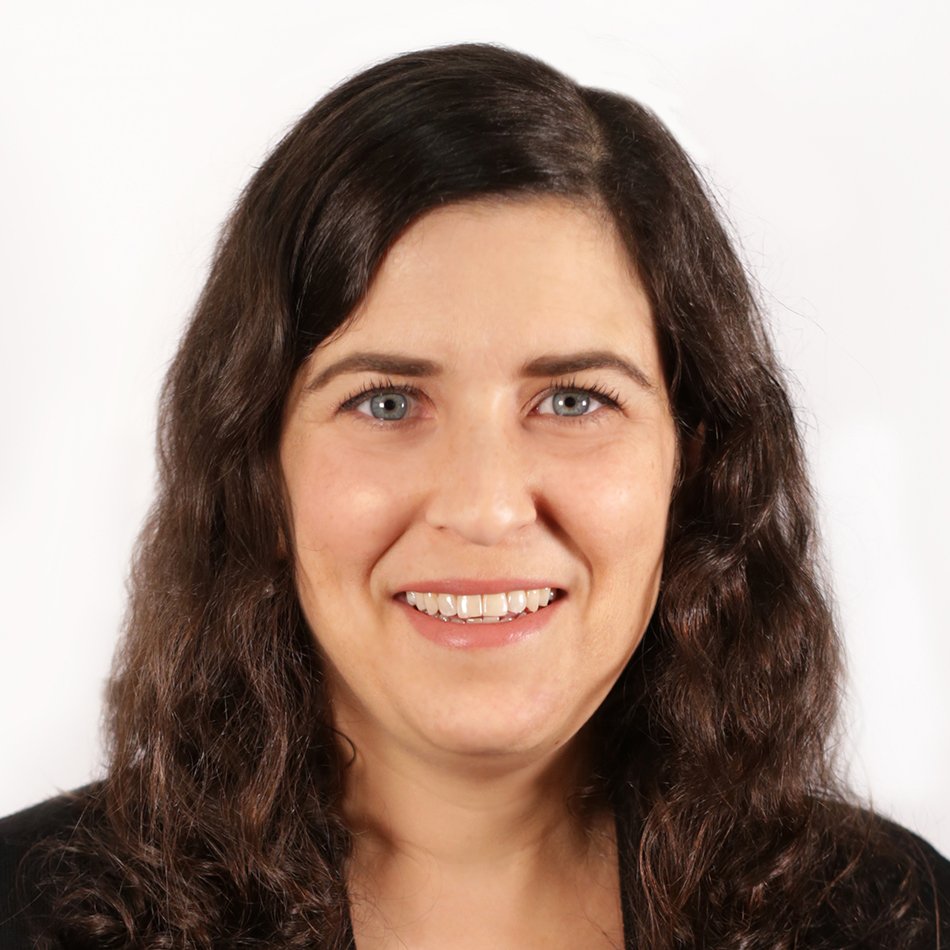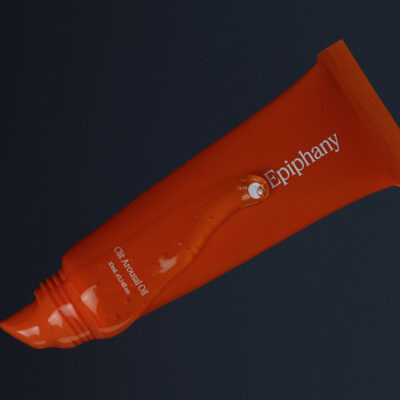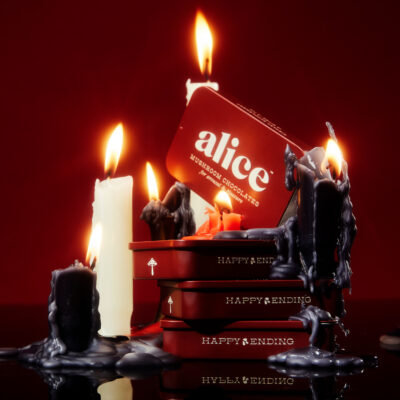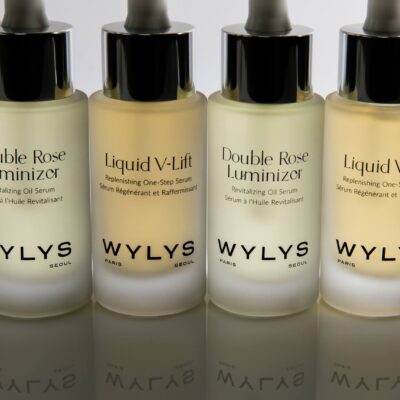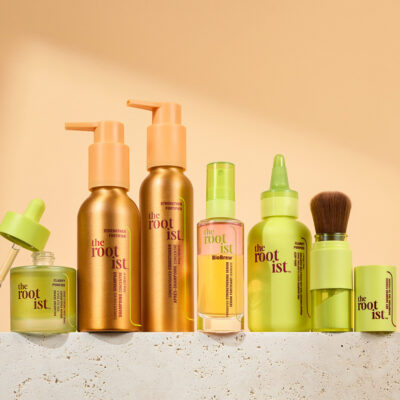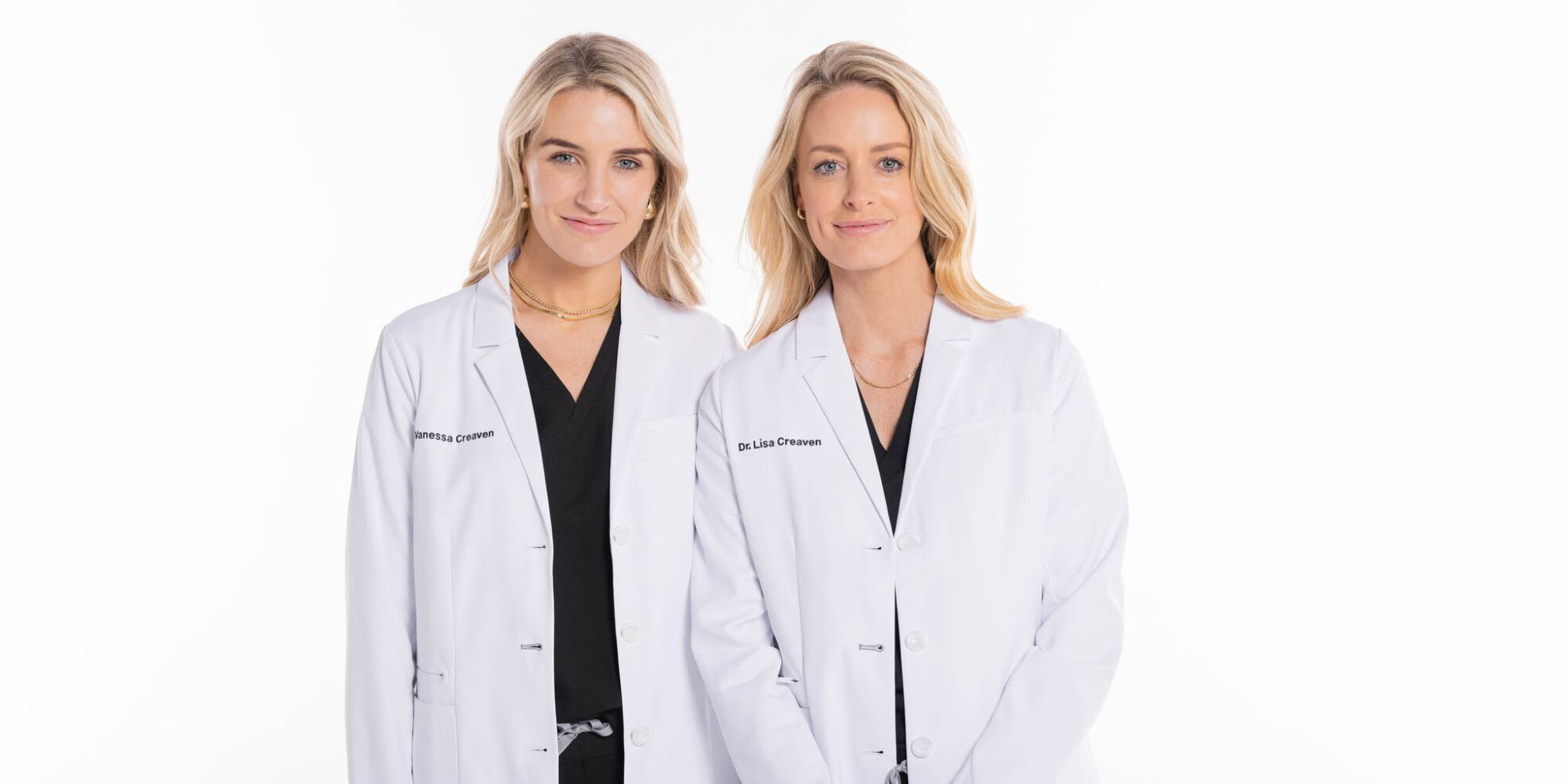
With $3.7M In Its Till, Made By Dentists Takes On Oral Care Incumbents
Not all dentists are content with the same-old stuff sold at stores for their patients’ teeth. Four hundred fifty of them made that clear last year when an investment firm they formed, Backed by Dentists, committed $3.7 million in series A funding to the brand Made By Dentists.
Made By Dentists is, unsurprisingly, made by dentists, specifically serial dental entrepreneur Barry Buckley and sisters Vanessa and Lisa Creaven, who created the brand with the slogan “professional oral care at home” to sell products packaged in post-consumer recycled materials with streamlined ingredient lists (no parabens, diethanolamine (DEA), propylene glycol, triclosan or sodium lauryl sulfate (SLS)) and address cavities as well as teach people how to avoid them. Its digital Anti-Cavity Club educates kids about taking care of their teeth with social games and contests.
Founded as Spotlight Oral Care in 2016, Solana Beach, Calif.-based Made By Dentists brings a problem-solution perspective to oral health and aspires to eat into the market share of legacy companies like Crest and Oral-B owner Procter & Gamble, Colgate-Palmolive and Sensodyne parent company GlaxoSmithKline. It’s making gains in that regard. In 2020, the brand launched at Ulta, and it rolled out to Target stores nationwide last year. As Spotlight, it was previously in CVS. In 2023, Made By Dentists’ sales rose over 130% from the prior year.
In 2021, Dublin-based growth capital fund Development Capital invested 12 million euros or roughly $13 million at the current exchange rate in Made By Dentists, which was started in the Irish city Galway. The brand generated about $18 million in revenues in the year ended June 30, 2021. Made by Dentists’ newest investor, Backed by Dentists, was put together by a group of 450 Invisalign specialists and has also invested in dental practice management software Asprodental.
“I want a change in the oral care industry. I want to see better products being sold more widely,” says Lisa Creaven. “We see a lot of challenger brands, but the reality is they’re not even coming near those big companies in terms of sales, and sales is the only thing that moves things along. We see it in every other industry. It’s always the smaller brands who force bigger brands to clean up and be more sustainable.”
Beauty Independent talked to Creaven about funding, retail distribution, kids’ dental products, a fellow dentist-founded brand she admires, the oral care landscape and how Made By Dentists stands out in it.
How did you get into what you’re doing?
I grew up in the west of Ireland. I studied dentistry in Ireland, and I had my own dental practice for 10 years, then I was working with my sister. Funny fact, all my siblings are dentists. My dad is a farmer. I grew up on a farm, and my mom works with kids with special needs. My own parents weren’t that fastidious with dental visits or anything. I really Iiked science. I didn’t know if I really wanted to be a doctor, so dentistry felt like the right space for me.
In Ireland, you make these decisions super early. I was 17 starting dental school, and I was attracted to the sciences, and I really like working with people. I also really liked the idea of working practically, doing something with my hands. I think it was a really nice mix for me.
When I was working with my youngest sister, Vanessa, and we would have conversations at lunchtime. We were in our twenties and consumers. We loved health, beauty and fashion. When we looked at oral care and how people approached it, it felt really old fashioned to us. It wasn’t like how skincare was advancing or clean beauty was advancing. We felt like oral care was being left behind or ignored.
What was the idea behind Made By Dentists?
You can’t have a beautiful smile unless it’s a healthy smile because it does have to be healthy for it to be aesthetic. We started off with one product. We could see on all these whitening products on the market. A lot of them were super damaging to your teeth, and some of them were just really ineffective. We felt there should be a brand that represents what dentists know and would advise.
No dentist would ever recommend charcoal toothpaste, natural toothpaste, baking soda, any of those abrasive toothpastes. Dentists hate those, and yet they’re some of the bestselling products. Everything was super trend-led, but with no real research and science behind it, and dentistry is obviously a science.Everything we do as dentists is extremely thought through, proven and clinical study backed. We just couldn’t believe how much of a disconnect there was between what we knew and what our patients thought to be true.
And actually your oral health is not achieved when you go to the dentist. Our job is to diagnose any active issues, treat them, and then show you how to maintain your oral health. Your oral health is actually achieved at home. It’s through your diet, lifestyle and the products you use.
We want to create amazing products that have all the best ingredients, are super cleanly formulated and as sustainably packaged as possible, but our brand is a lot more about education and awareness about how to use products, when to use them, when not to use them and really arming our customers and our patients with information that is real and will improve their lives.
What did Made By Dentists launch with?
We launched in Ireland with just one product back in 2016. We put a very small amount of money in at the beginning, a little bit each, but everything was bootstrapped for the first couple of years. We were working as dentists, and it was kind of a part-time job for us, but we grew our product range, and it got to the point where it was just growing and growing. We do quite a lot of business in the U.K., too. We launched in the U.S. in March 2020 in Ulta. We launched I think two weeks before the stores closed.
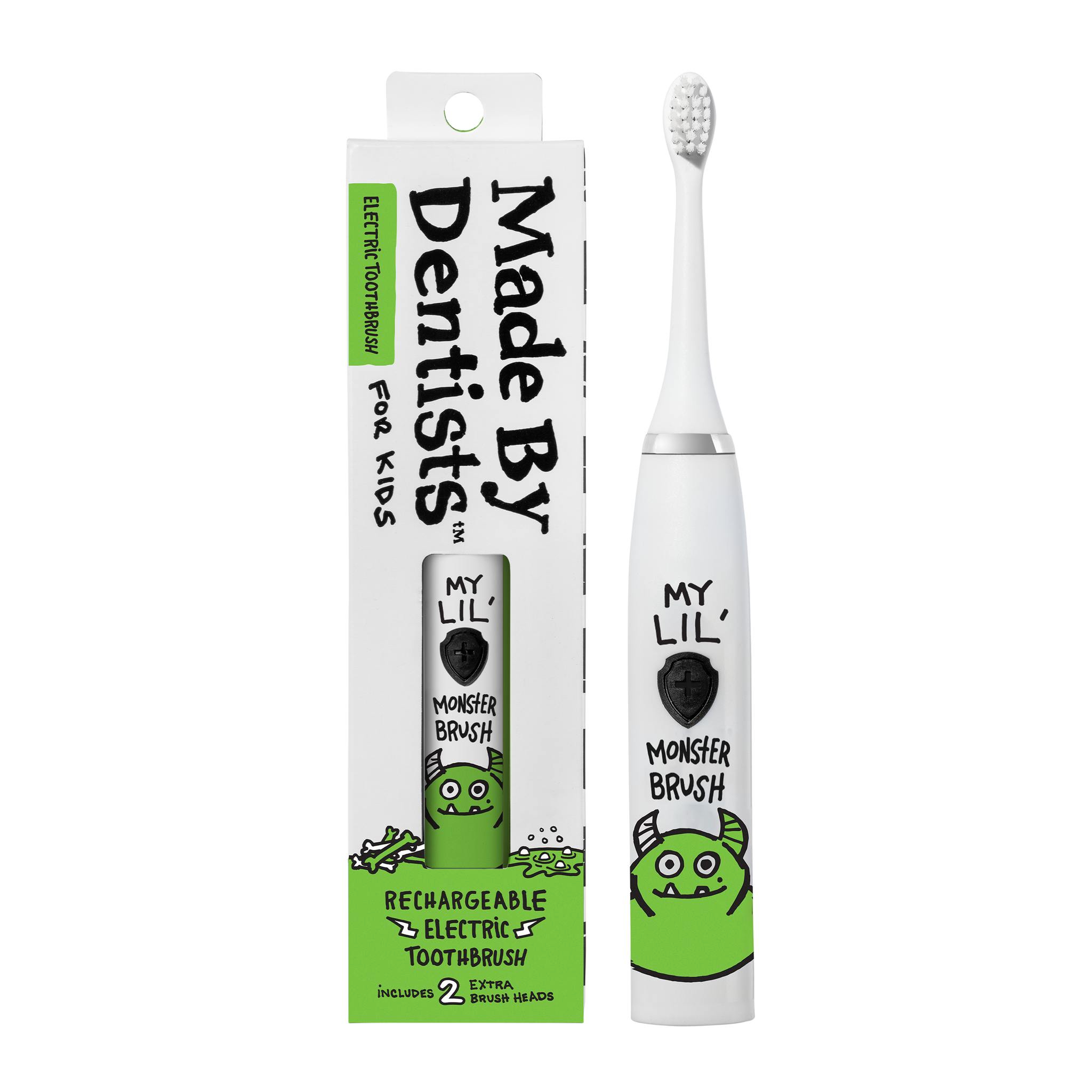
Before launching in the U.S., where was the brand sold?
We were available to buy in pharmacies, and we have strong direct-to-consumer. It’s easier to be digital first in Europe, and pharmacy in Europe is very strong business in terms of health and beauty. We really grew our business through direct-to-consumer, which empowered us to tell our story, take some time, get to know our customers.
We started in Ireland and England, but our goal really is the U.S. So, we launched first in Ulta. For us, Ulta felt like a great start. I think they do such a good job of launching brands. They’re a good partner. What Vanessa and I really focused on was genuinely explaining why the product worked and why other products don’t work, this is the science and this is how this ingredient works. That resonates with customers and buyers. Buyers want products that are really going to achieve good results for their customers and create value. We launched all Target stores in March.
How do you think about distribution in the U.S., but also globally in terms of the different kinds of retailers you’re in and what that means for your business?
Knowing your customer in each retailer is obviously very important and meeting the needs of a retailer that you’re in. In Europe, we’re more in whitening. We sell a lot of toothbrushes, sonic toothbrushes and whitening solutions. In the U.S., we sell a lot more toothpaste and kids’ products. At Ulta, we’re selling whitening. I think that was more suitable for that customer.
Your product assortment per retailer has to meet their needs. I don’t necessarily think people are running to Ulta to buy toothpaste, but they might be buying whitening or trying to upgrade their toothbrush or their oral hygiene. I think Target’s a perfect retailer for your day-to-day oral care and for kids.
What’s your approach to products?
We want to make products that are really cleanly formulated, which I think is a big issue in oral care because products are not clean and the lining of your mouth is 50 times more absorbent than your skin. It freaks me out when I see certain ingredients in oral care products. If you look at the formulation of oral care products over the last 20 years, it’s not that long ago that there used to be microbeads of plastic in your toothpaste.
They used to have triclosan. There are things like DEA, parabens, propylene glycol, and SLS is pretty much in almost every toothpaste. It’s a foaming agent. All it does is make your toothpaste feel foamy, but has no cleansing, hygienic or health benefits. This is a product you’re going to use twice a day for your whole life. We all know how that long-term impact can really build up. I’m not so concerned about fluoride, I’m concerned about SLS.
Explain your thoughts on fluoride.
No. 1, I don’t like to be oppressive in terms of what I think. Everybody has a choice to live their lives, but I would say, as a dentist, cavities in children is the No. 1 chronic disease in the U.S., and it’s the No. 1 reason children go under general anesthetic, and that’s not without risk. It’s always about balancing risks.
It’s also a socioeconomic issue. If you look across a broad population, the people who need fluoride the most suffer the most when it’s taken out of the water, and that leads to long-term health issues with their teeth. They set them up for a poor chance of getting jobs that are dealing with people.
So, it’s a broader issue. If I saw that cavities were not the No. 1 chronic disease for children, I’d be like, OK, maybe we can pull back on the fluoride, but I see it time and time again, people stop using fluoride, start using natural toothpaste, and they just get cavities. Fluoride is the No. 1 ingredient that’s been clinically proven for decades and decades to prevent and reverse cavities in your teeth. Again, I’m all about personal choice.
What are Made By Dentists’ bestsellers?
Our bestsellers in our adult products are our whitening products. People just want white teeth. Our kids’ ranges are very, very popular. We launched six products in Target in March for kids. I believe were the first rechargeable toothbrush to go into Target for kids.
I’m a dentist and a mom, and I have four kids. Honestly, I think they have a secret space where they make my life hell when they go to brush their teeth. And I’ve treated so many kids, and I think what makes a huge difference treating kids is getting kids to feel like it’s something that they have the authority over, and it’s something that they decide to do.
We created our toothbrush specifically for children. It’s not just a small toothbrush, it’s specifically designed ergonomically for them. It has a little head. A lot of kids’ toothbrushes have big chunky heads and their mouth is so small. It’s a sonic toothbrush that has a timer. The timer is one of the biggest things for kids. They have that autonomy. They know, OK, it goes off every 30 seconds. They love it.
We also wanted to have a lot of fun with it. The designs are all hand-drawn cartoons. It’s not licensed products. It comes with three replacement heads. Parents love that you’re not having to swap out batteries every five seconds. You’re looking at $15 to $17, depending on what Target you’re in. Our kids’ toothpastes are $5.
I’m a big fan of making things very accessible in healthcare. It drives me crazy when I see things, and it’s too expensive for people for everyday products. This is for everyone to be able to use high-quality products.
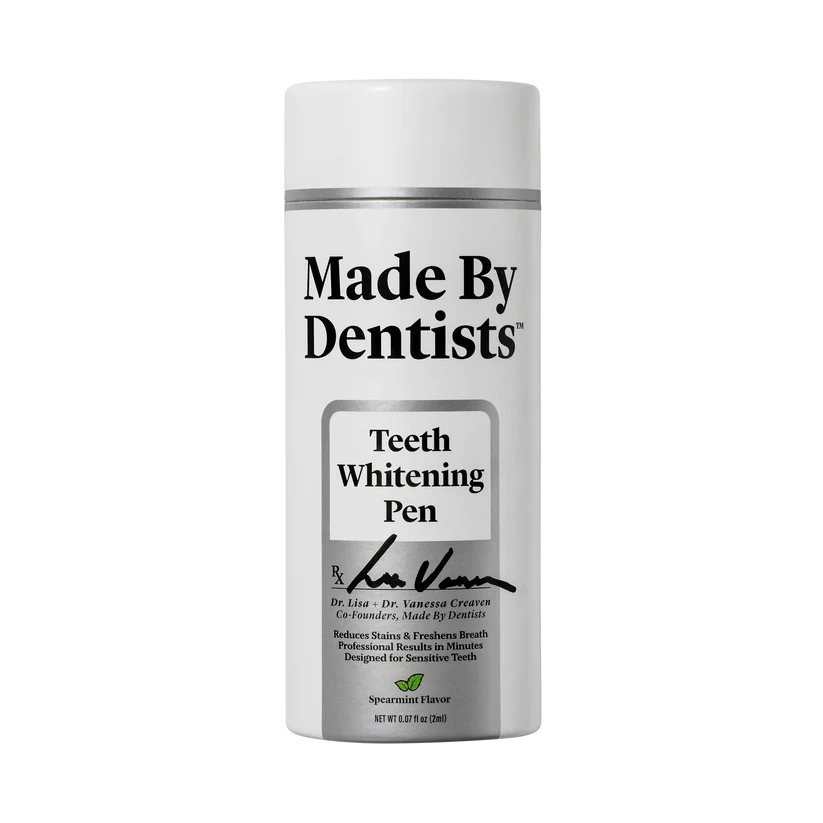
What was it like to raise your recent funding round?
It’s important to find a partner that wants to achieve the things that you want to achieve. There are lots of different ways to go with business, so having that long-term goals align I think is very important. You have to trust each other, understand the environment we’re in, understand the challenges that may come, work together and help each other out.
I think flexibility and a real partnership mentality is what we’re looking for. When we met certain investors, it was very much like, “This is the playbook when it comes to DTC, this is how you’re acquiring your customer.”
It can be more complex than that. What’s our long-term value? How are we trading our customers up? How are we retaining our customers? How do our customers feel? So, there’s nontangible aspects of the business that are key. So, it was important for us to find people who are open-minded and flexible. We’re balancing a direct-to-consumer business with a retail business, it’s tricky.
What’s your big vision for the brand?
98% of sales of regular toothpaste are still going to Colgate, Crest, Sensodyne. They’re not very well formulated. They still test on animals. They still contain animal byproducts. They still use parabens, SLS, DEA. Almost all of their packaging is unrecyclable. They use very cheap laminated plastic. I’m kind of amazed that people are still very much unaware of how little they’ve changed.
I look at how educated people are about skincare and beauty, and people don’t know that much about their teeth. You’ve got those huge companies, where’s the awareness? Where’s the education? It’s like bright white smile, minty fresh. That’s not helpful. Let’s teach people how to not get cavities. Let’s make oral care something that’s not embarrassing and shameful because people are still super embarrassed and ashamed to talk about it. Let’s make it a relevant conversation.
We have seen challenger mass-market oral brands such as Hello, which was acquired by Colgate, and higher end prestige brands enter the oral care space. What do you make of them?
There are brands that are really trying to do a good job and have good formulation. I’m very supportive of other challenger brands that are trying to make change in the industry. It goes back to that issue as well of how much awareness people have about actual oral health, the ins and outs of it.
I look at something like TheraBreath and how successful that was, and it’s because they had a solution to a problem. [Bad breath is] a very real problem that people have. How they approached that was through information on TikTok. This is what causes bad breath, it’s dehydration, it can be medication, it can be inflammation. So, floss your teeth, that will help with bad breath, brush your tongue, that will help with bad breath, but the biggest cause of bad breath is dehydration, drink more water.
It may seem very simple, but you don’t see that from big brands. They’re just about nine out of 10 dentists recommend Colgate. That’s not helpful to me as a consumer. I have a problem, I want it fixed. TheraBreath is founded by another dentist, and I’m a big fan of how they approached their communication. It’s accessible, it’s direct, it’s clear.
You do that with cavities, is that what you’re saying?
We try. We don’t even talk about our products that much. We answer people’s questions like, how do I get my kids to brush their teeth? I know how to get kids to brush their teeth because I’m a mom and also I’m a dentist. I’ll help you solve the problem that you actually have, not the problem that I want you to have.
How much of Made By Dentists’ business is DTC versus retail?
In Europe across primarily the U.K. and Ireland, direct-to-consumer is 60% of our business. In the U.S., we’re pretty much solely focused on our retail partnerships. Our kids’ toothbrushes are in the top-five selling products straight out the gate in Target.
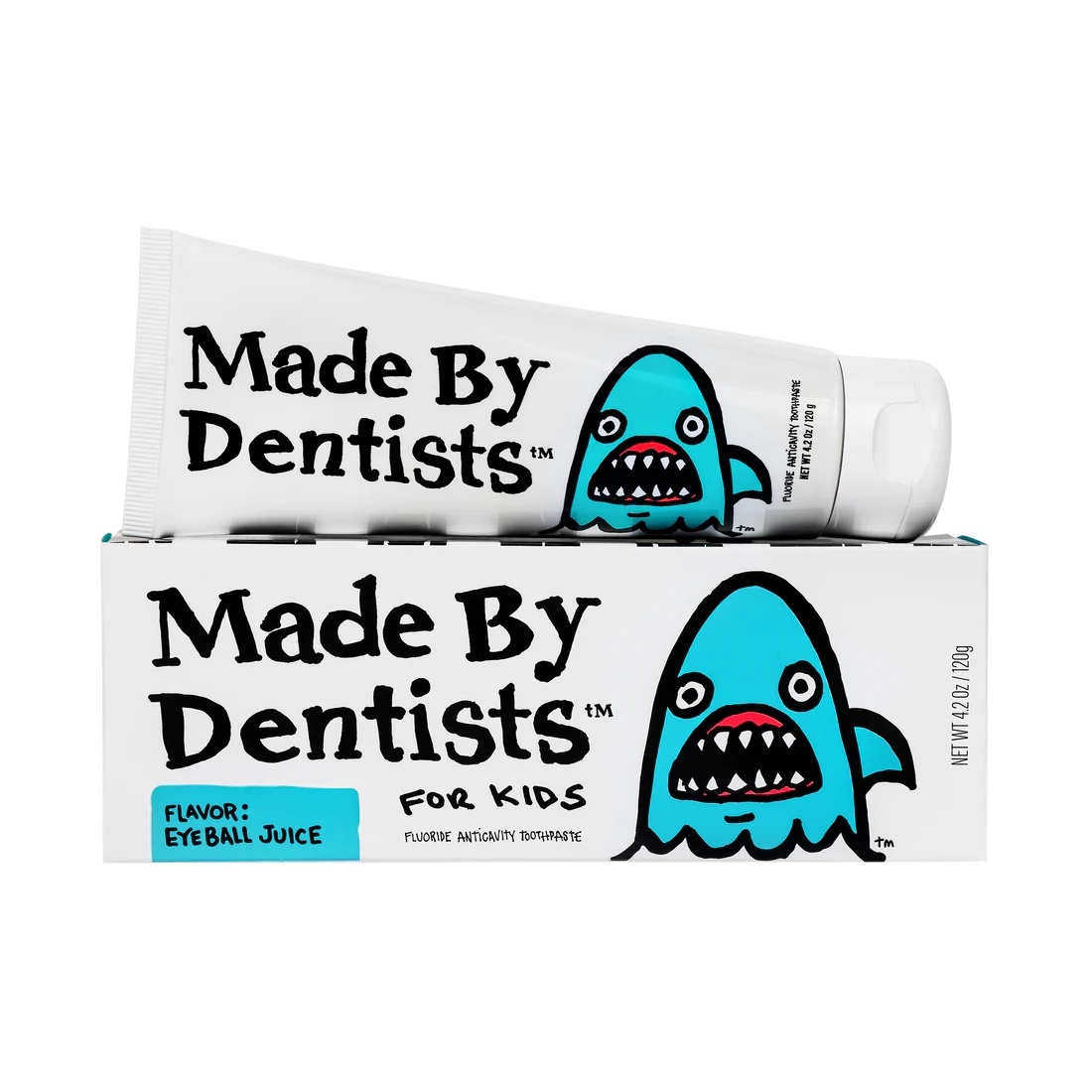
What’s your take on whitening?
Whitening is a great opportunity because it’s extremely conservative to white your teeth. People get worried about whitening your teeth, but it doesn’t damage your teeth in any way as long as you’re using correct ingredients. There’s a big move away from invasive treatment. It’s extremely invasive to really dramatically change your teeth.
The thing with whitening is you can whiten your teeth, but it all wears off no matter what you use. You could have your teeth whitening at the dentist for a thousand dollars, but it’s going to wear off, and often we’re all drinking tea, coffee, and those stains build up all the time. So, using whitening products day to day is a lot more gentle on your teeth, and you get a brighter smile for longer.
What goals do you have for the company in 2024?
We want to continue to grow in Target. Our company is me and my sister, but it’s really about leveraging the profession as a whole to hear voices from real dentists. Everybody has a different specialty or interest. That’s a big goal is to create more of a platform and give a voice to more dentists that have really valuable information for people.
How can you grow your consumers’ spending with you?
Oral care is a family situation, so it’s about building trust and credibility and allowing our customers to try our different product ranges. There are lots of ways to develop them. Devices are a very natural fit for us. I really believe strongly in people using sonic toothbrushes.
We don’t want to bring our products that don’t create any extra value. We’re not just another product on the shelf. We want to create products that people need and that there isn’t an option for something like it.
If you could glance ahead at the oral care segment five years from today, what do you think it will be like?
It has to change. You’re not buying the same skincare your mother did, you don’t eat the same way or dress the same way. We’re still using the same oral care products that are pretty much formulated in exactly the same way. There has to be a change in the next number of years, and we obviously want to be the brand to do it, but I think there’ll hopefully be other brands to do it, too.
There should be a lot more accessible information about, OK, I have this problem, this is how you fix this problem and providing more value to customers, getting real with conversations. I also think bringing the profession into that space is a natural fit, not just dentists, but hygienists, dental assistants. It is complementary from the practice right through to the oral care routine at home.
